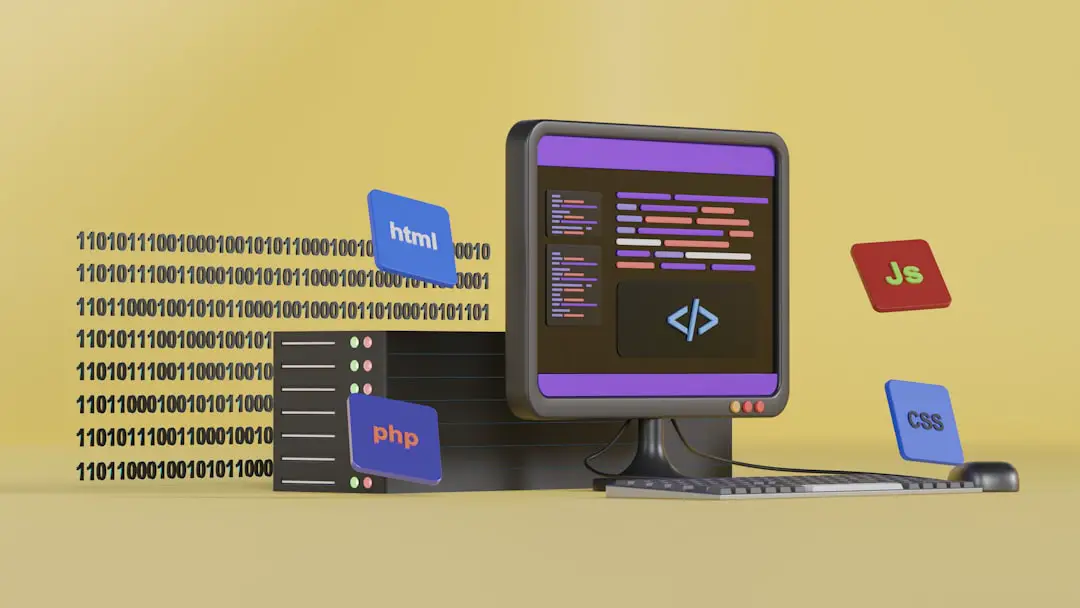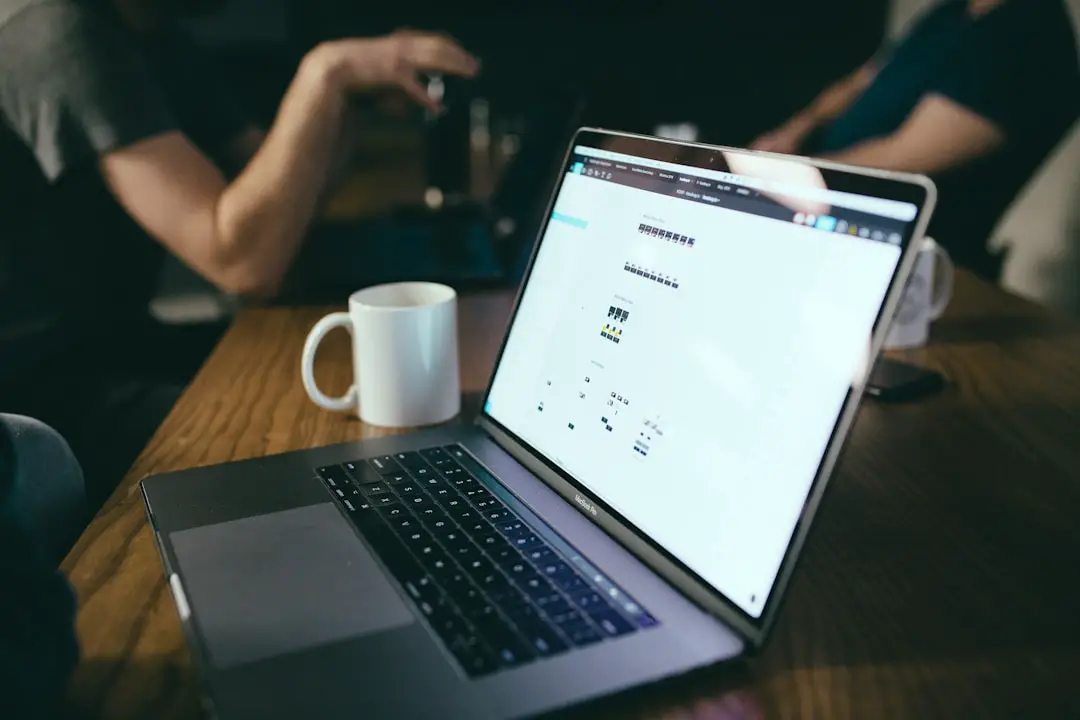Managing emails from a ticket system can feel like trying to catch flying confetti during a hurricane. It’s messy, confusing, and sometimes, downright impossible. Especially if you’re using multiple platforms like Zendesk, Freshdesk, Outlook, Gmail, or Slack. But don’t worry — we’re here to help you make sense of the chaos.
Get ready to learn how to sync ticket system emails across multiple platforms without losing your mind or a single customer request. Let’s get into it!
Why Is Email Syncing Important?
Imagine this: A customer sends a request through your ticket form. It lands in your CRM. Then your support team gets a copy in Slack. Your manager sees it in Outlook. But wait — someone else replies through Gmail. Now you’ve got five different platforms and the same conversation is scattered everywhere.
This leads to:
- Delayed responses
- Duplicate efforts
- Missed tickets
- Frustrated customers
Good syncing helps you avoid these nightmares. It keeps everybody on the same page so your support feels smooth, fast, and professional.
Step 1: Identify All Platforms You Use
First, list down every tool your team and customers use to communicate tickets. This might include:
- Email clients (like Gmail, Outlook, or Apple Mail)
- Help desk software (Zendesk, Freshdesk, Help Scout)
- Team chat apps (Slack, Microsoft Teams)
- CRMs (HubSpot, Salesforce)
Once you know where things live, you can figure out how to connect the dots.
Step 2: Choose a Central Hub
You don’t want your emails bouncing everywhere like a pinball game. So pick one primary system where all ticket communications will be centralized. This could be your helpdesk or CRM. Ideally, it should have:
- Email integration
- Ticket management tools
- Automation support
- Multi-platform compatibility
Example: If you’re using Zendesk, make it the heart of your operation. Everything else should flow in and out of it.
Step 3: Set Up Forwarding and Routing Rules
This is where the magic starts. You want everything to send and receive emails through your central system automatically.
Here’s how:
- Forward incoming emails to one address. Most helpdesk systems give you a support@yourdomain.com email. Set all incoming support emails to forward there.
- Use automation to assign tickets. Based on the subject or sender, auto-assign emails to the right team.
- Set up reply routing. Replies from agents should come from the ticket system, so customers always respond to the right thread.
This way, communications become tidy and traceable.
Step 4: Integrate Other Platforms
Time to hook in all those side tools. Most modern helpdesks offer integrations with email, Slack, CRM tools, and more. These are usually just plug-and-play.
Here are some popular examples:
- Slack integration: Convert tickets into Slack messages and even reply to them from Slack.
- Outlook/Gmail integration: Sync incoming emails automatically and turn them into tickets.
- CRM sync: See ticket history next to your customer data.
Use API keys, OAuth logins, or app marketplaces — every tool is a little different, but most make syncing super easy.

And don’t worry — if your tool doesn’t integrate directly, use something like Zapier or Make (formerly Integromat). They act like digital glue to connect tools that otherwise wouldn’t talk.
Step 5: Create Cross-Platform Notifications
Have you ever seen an email come into your ticket system, but nobody noticed it for hours? That’s a team’s worst nightmare. You need real-time alerts.
Set notification rules like:
- New ticket alert → Slack channel
- High-priority tag → Email to manager
- Internal note → DM on Microsoft Teams
This way, nobody misses a beat. And customers are impressed with how quickly your team replies!
Step 6: Maintain One Source of Truth
Now that everything is flowing into your central hub, make sure agents use this hub as their main command center. Teach your team to:
- Write all responses in the ticket platform
- Tag, categorize, and close tickets correctly
- Collaborate through internal notes – not email chains
That keeps your records clean and your data beautiful. 🌟
Step 7: Monitor and Tweak
Syncing is not “set it and forget it.” Things change. Apps update. Rules shift.
Create a schedule to check in on your workflow:
- Are emails routing correctly?
- Are duplicate tickets popping up?
- Are response times improving?
Update rules, filters, and integrations as needed.

Bonus Tips to Make Life Easier
Want your sync setup to run like a dream? Try these extras:
- Use tags & smart filters to organize tickets by issue, priority, or customer type
- Add auto-replies so customers know you got their message, even if you’re still syncing in the background
- Use SLA timers to track how long each ticket has been open
Also, consider a shared inbox tool like Front or Hiver if you want a simpler alternative to helpdesks but still need multi-platform syncing.
What to Avoid
There are a few classic mistakes. Don’t fall for ‘em:
- Using personal emails for customer support — always go with a support@ email!
- Allowing responses outside the ticket system — they’ll get lost!
- Not testing syncs after setup — send test emails to make sure everything lands where it should
Final Thoughts
Syncing ticket emails doesn’t have to be scary. With a plan and the right tools, it can be smooth and magical. You’ll save time, delight customers, and make your support team 10x more efficient.
Just remember the golden rules:
- Pick a central hub
- Automate your routes
- Connect your tools
- Train your team
- Stay flexible and review regularly
Your synced email ticket system is ready to shine. 🎉
